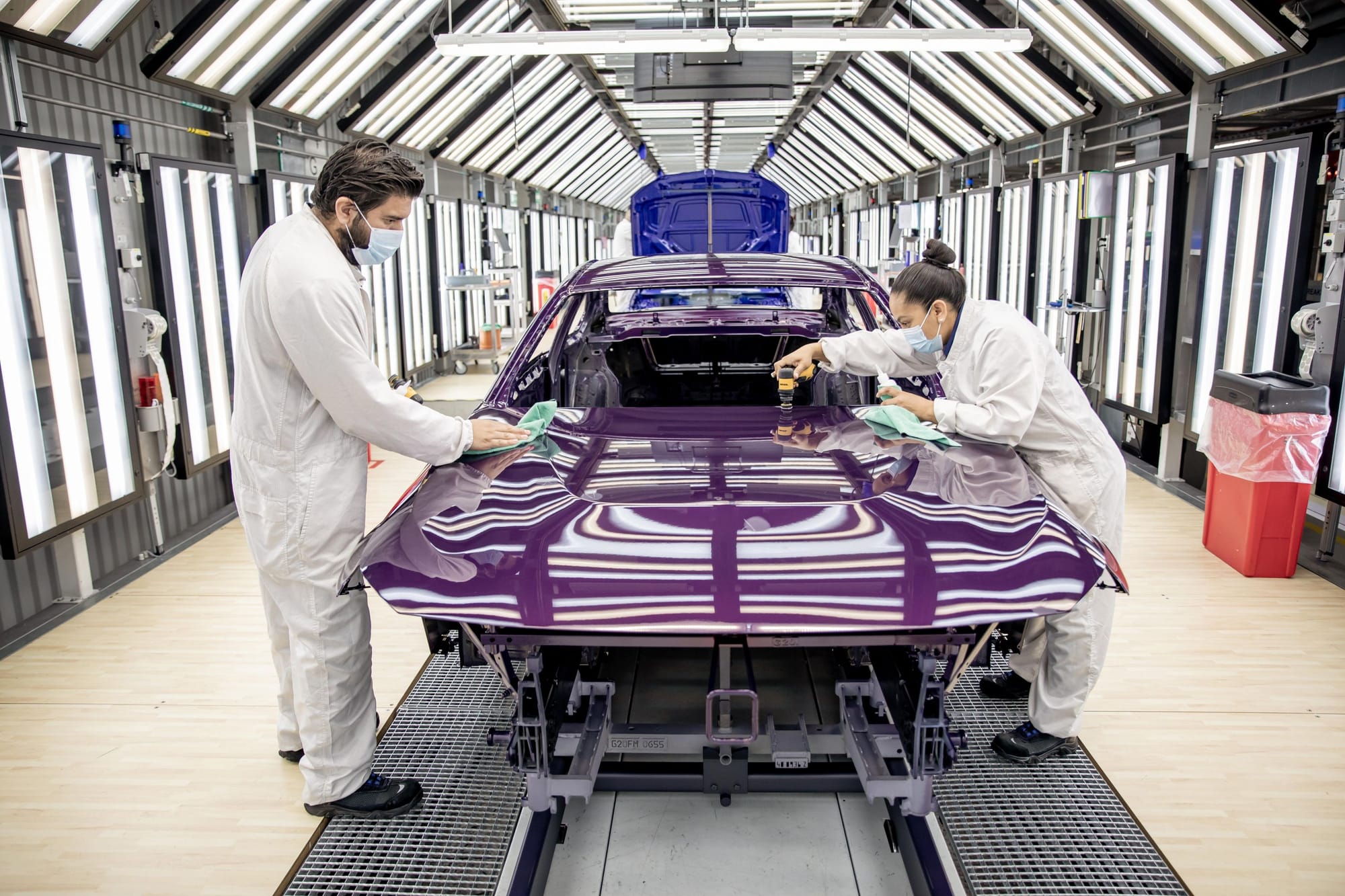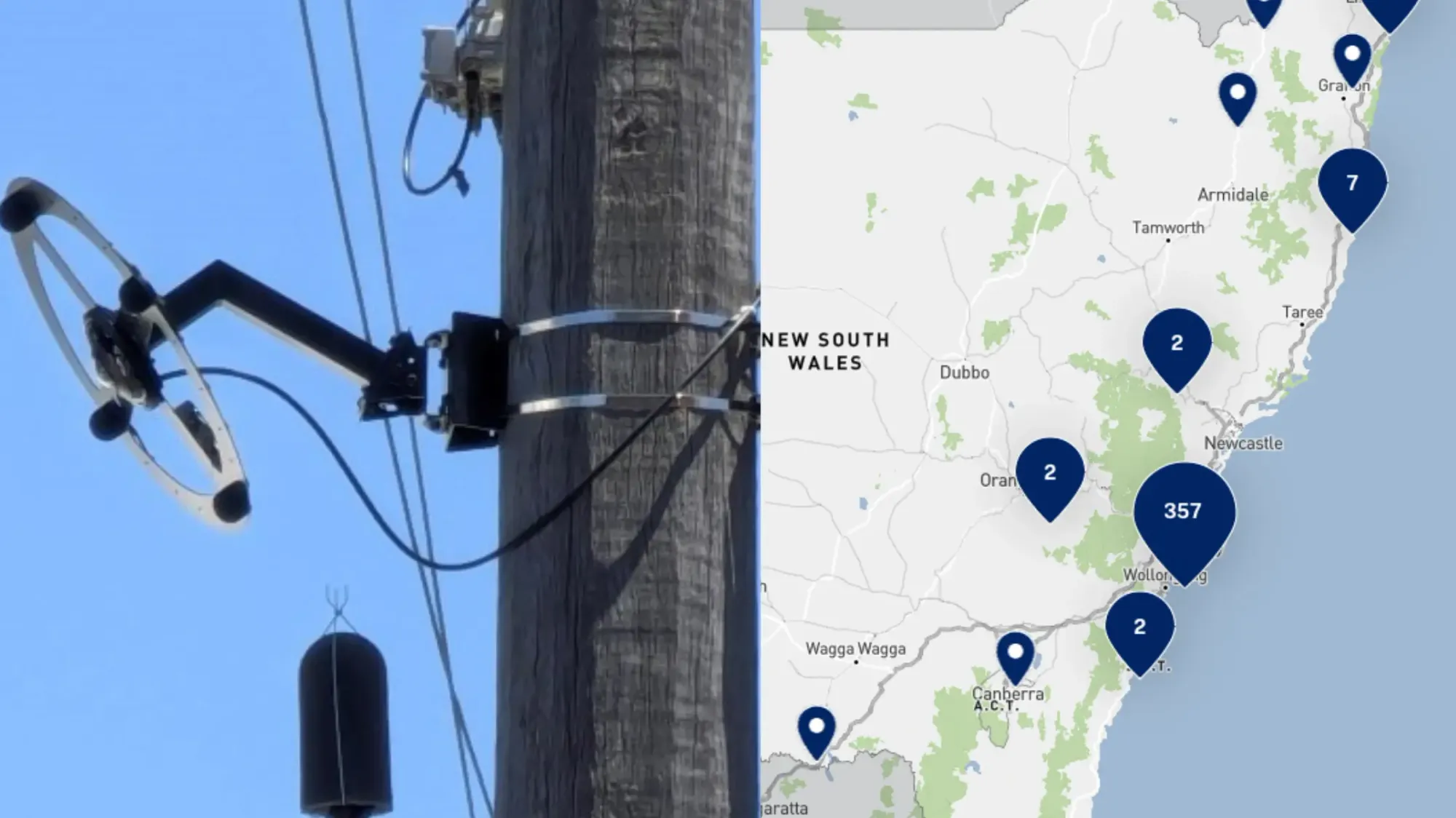In a last-minute decision that has sent ripples through the automotive sector, U.S. President Donald Trump has postponed the implementation of sweeping 25% tariffs on goods imported from Canada and Mexico.

The 30-day delay, announced on February 5, 2025, comes after intense negotiations with Canadian Prime Minister Justin Trudeau and Mexican President Claudia Sheinbaum, who committed to addressing border security concerns that Trump cited as the impetus for the tariffs.
Tariff Proposal and USMCA Implications
The proposed tariffs, which would have taken effect immediately without the delay, represent a significant breach of the United States–Mexico–Canada Agreement (USMCA). This trade deal, ironically ratified under Trump's own administration in 2018, was designed to foster free trade across North America.

The sudden threat of tariffs has raised alarms about the stability of regional trade frameworks and the potential for a retaliatory trade war.Key points of the tariff proposal include:
- A 25% levy on all goods imported from Canada and Mexico
- A 30-day grace period, extending until March 7, 2025
- Conditions requiring Canada and Mexico to show progress on border security measures
In response to the U.S. threat, Canada had prepared retaliatory measures, including 25% tariffs on C$155 billion (A$171.7 billion) worth of U.S. exports, with a focus on automotive components and vehicles.
Impact on the Automotive Sector
The North American automotive industry, with its deeply integrated cross-border supply chains, stands to be particularly vulnerable to these tariffs. Industry experts and executives have voiced serious concerns:

- Production Networks at Risk: Major automakers like General Motors, Stellantis, Toyota, and Honda produce approximately 40% of their North American vehicles in Canada or Mexico.
- Key Models Affected: Ford's F-150 and Maverick pickups, among other popular models, are manufactured in both Canada and Mexico.
- Export Hubs Threatened: Mexican factories operated by Audi, BMW, Honda, Kia, Mazda, Nissan, and Volkswagen export vehicles to the U.S., accounting for over 20% of sales in certain segments.
Flavio Volpe, CEO of Canada's Automotive Parts Manufacturers' Association, warned that the 25% levy far exceeds typical industry profit margins, forcing difficult decisions on cost absorption or price increases.
Industry Reactions and Concerns
The automotive sector's response to the tariff threat and subsequent delay has been one of cautious relief tinged with ongoing anxiety:
- Automaker lobby groups have urged the White House to permanently withdraw the tariff threat, citing potential job losses and consumer price hikes.
- Analysts like Maryann Keller of AutoForecast Solutions have characterized the delay as a "band-aid, not a cure," emphasizing the need for long-term policy stability.
- Concerns persist about the impact on electrification efforts, with BMW and Volkswagen warning that investments in North American EV production could be jeopardized.
Broader Economic Implications
The tariff threat extends beyond the automotive industry, with potential ramifications for the broader North American economy:

Consumer Impact: Vehicle prices could rise by 8–12% for U.S. buyers if the tariffs are implemented.
Supply Chain Disruption: The complex web of cross-border component sourcing and assembly could face significant upheaval.
Retaliatory Measures: Canada's proposed counter-tariffs target not just vehicles but also agricultural products and machinery, threatening a wider trade conflict.
The Road Ahead
As the 30-day clock ticks down, several key developments will shape the outcome:
- Intense negotiations focused on border security concessions to avert the tariffs
- Automakers developing contingency plans for supply chain resilience and pricing strategies
- Political uncertainty surrounding the 2024 U.S. election and its potential impact on trade policies

The automotive industry finds itself at a critical juncture, balancing the immediate relief of the tariff delay against the looming threat of disruption. As negotiations continue, stakeholders across North America will be watching closely, aware that the outcome could reshape the landscape of automotive manufacturing and trade for years to come.













